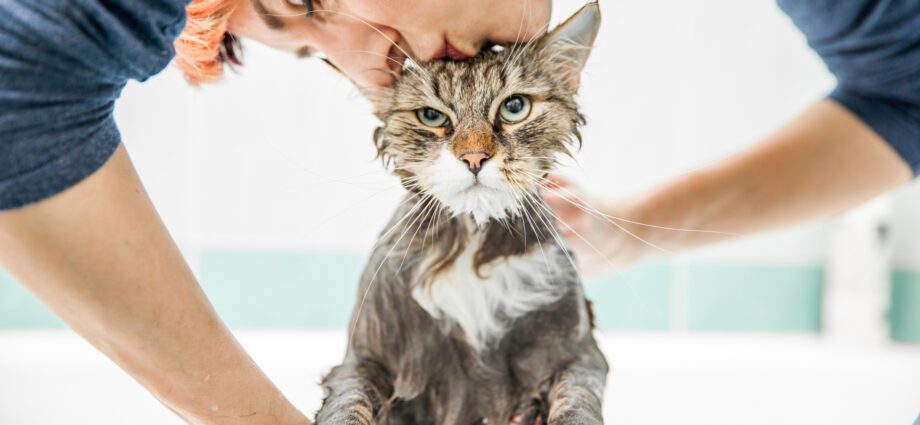Contents
How do I clean my cat’s ears?
Cleaning your cat’s ears is part of regular maintenance care. It should be noted that cleaning the ears is not systematic and depends on the cat. While some will need it regularly, others probably never need it. If you have any questions, do not hesitate to contact your veterinarian.
Anatomy of the cat’s ears
In cats, the ears are made up of the following 3 parts:
- Outer ear: it includes the auricle of the ear (the visible triangular part of the ear) as well as the auditory canal which is L-shaped (a vertical part then a horizontal part);
- Middle ear: it includes the eardrum as well as the ossicles;
- Inner ear: it includes the cochlea (which is used to hear) as well as the vestibular system (which is used for balance).
The ears of cats are equipped with a self-cleaning mechanism called “conveyor belt” to evacuate dirt to the outside. In view of the L-shaped conformation of the ear canal, earwax and dirt can easily accumulate there without being evacuated and be responsible for disorders. When the ears are too dirty, damage to the auditory canal can occur such as inflammation, for example, we speak of otitis.
Necessary tools
It is very important to always use products specially designed for animals. Indeed, products for human use can be dangerous for them. So, for an ear cleaning, you will need the following material:
- An ear cleaner for cats for veterinary use: these products are available from your veterinarian, do not hesitate to ask him for advice;
- Cotton pads / discs: cotton swabs are not recommended as you could injure your cat;
- A treat: to reward him.
In some cats, cleaning the ears can be difficult, so do not hesitate to get help. If your cat is not very cooperative, you can wrap her in a towel to avoid getting scratched. However, if this turns out to be too complicated or dangerous, for your safety and that of your cat, do not hesitate to call your veterinarian.
It is important to get your cat used to having his ears handled from an early age so that it is easier for you and for him afterwards.
Ear cleaning
Cleaning your cat’s ears is essential as soon as dirt is visible. The frequency of cleaning will therefore depend on your cat. Some cats will never need their ears cleaned. In contrast, cats that go out, for example, are more likely to have dirty ears. It is therefore up to you to regularly check your cat’s ears to see if they are dirty or not and therefore if they need to be cleaned.
Choose the right moment
When you choose to clean your cat’s ears is important. Indeed, the latter must be calm in order to minimize his stress. Make yourself comfortable with him while reassuring him with your voice and giving him hugs. Once you are well installed and have all your equipment at hand, gently take a first ear and hold it up. Then, insert the tip of the cleaning bottle into the ear before squeezing it so that a dose of product comes out into the ear canal. Then, you can remove the bottle and massage the base of the ear, always gently, so that the product diffuses throughout the duct. It is very likely that your cat will shake his head, so you have to let him do it because this will allow the dirt to be released to the outside. You can then wipe off the excess with a cotton pad or cotton pad. Be sure to clean the head of the ear solution vial well before doing the same with the other ear. After cleaning, don’t forget treats and petting to reward your cat.
Be careful, excessive cleaning of the ears can have consequences and cause certain conditions. In addition, it should be noted that damage to the ears can occur such as the presence of parasites responsible for ear mites. In this case, the cleanings will not be effective, only a treatment prescribed by your veterinarian will eliminate these parasites. It is then advisable to make an appointment with your veterinarian.
In any case, regularly inspecting your cat’s ears allows you to see if they are dirty but also to check that everything is fine (that they are not red, that there is no abnormal discharge, etc.). Your cat may also be scratching its ears. As soon as any abnormal sign appears in the ears, it is necessary to consult your veterinarian.










